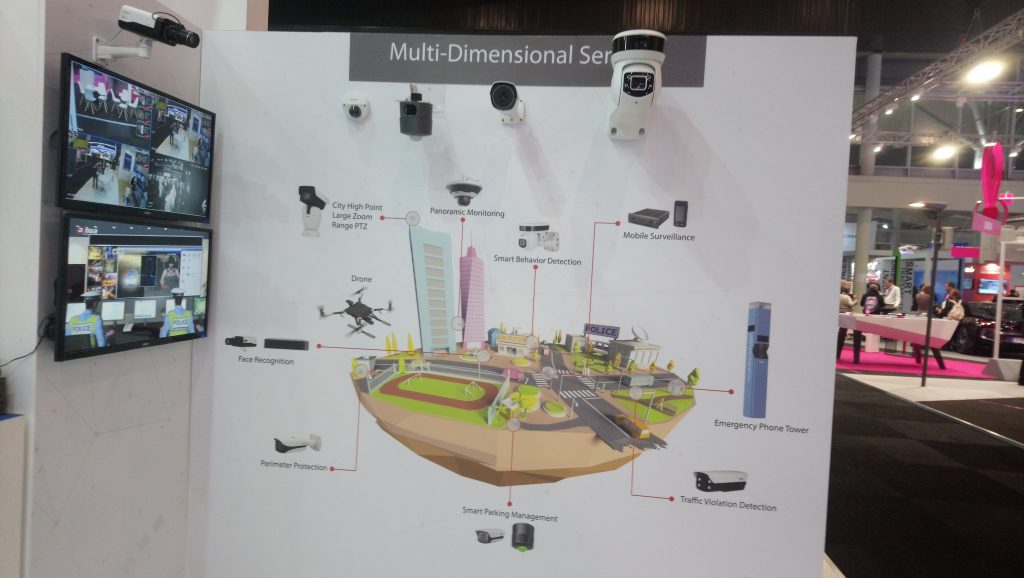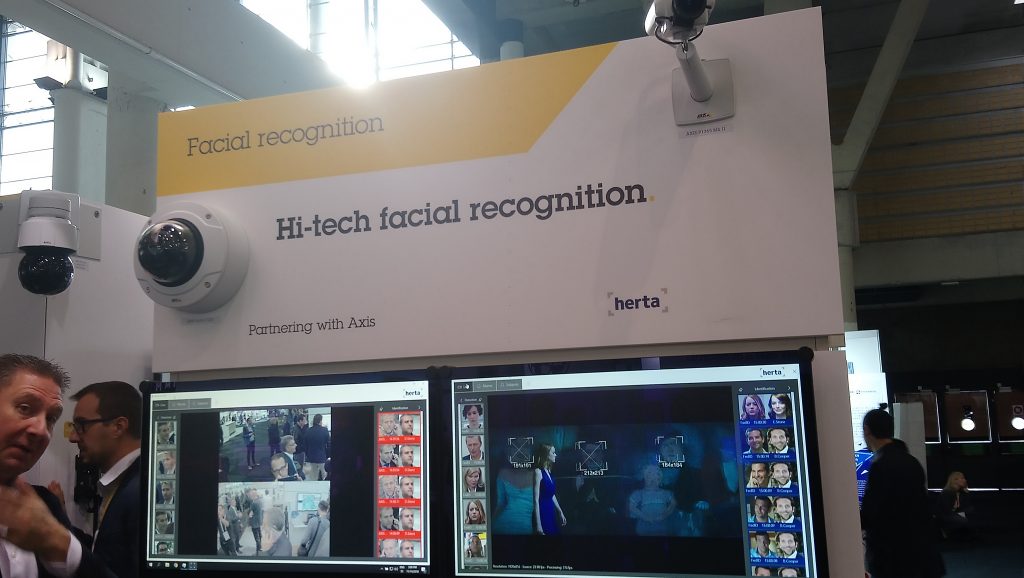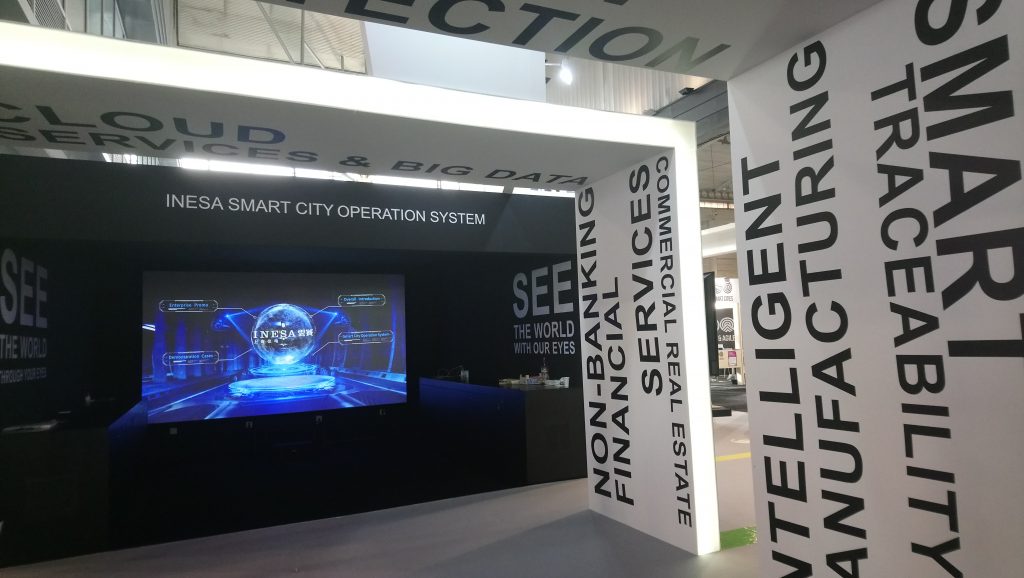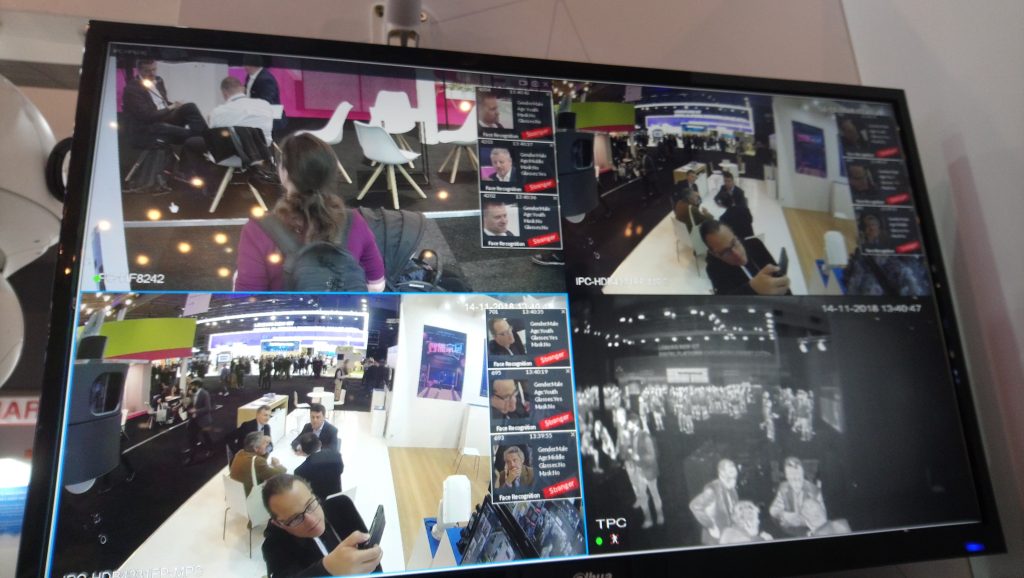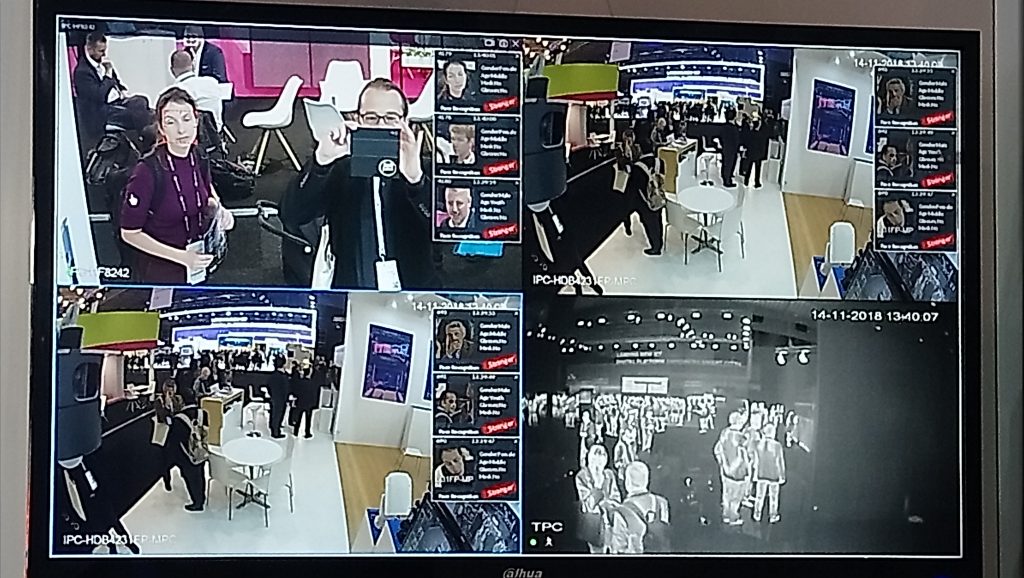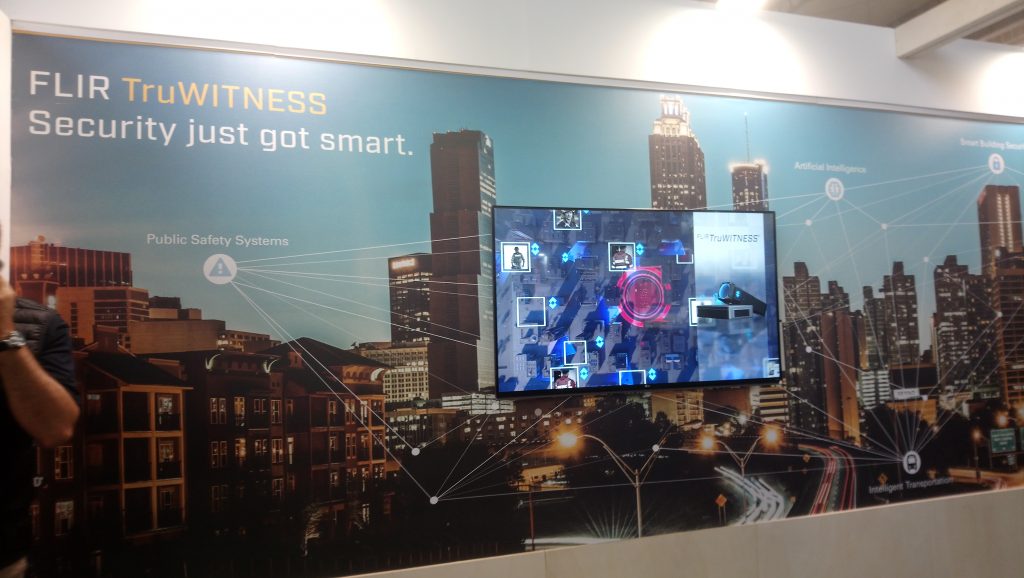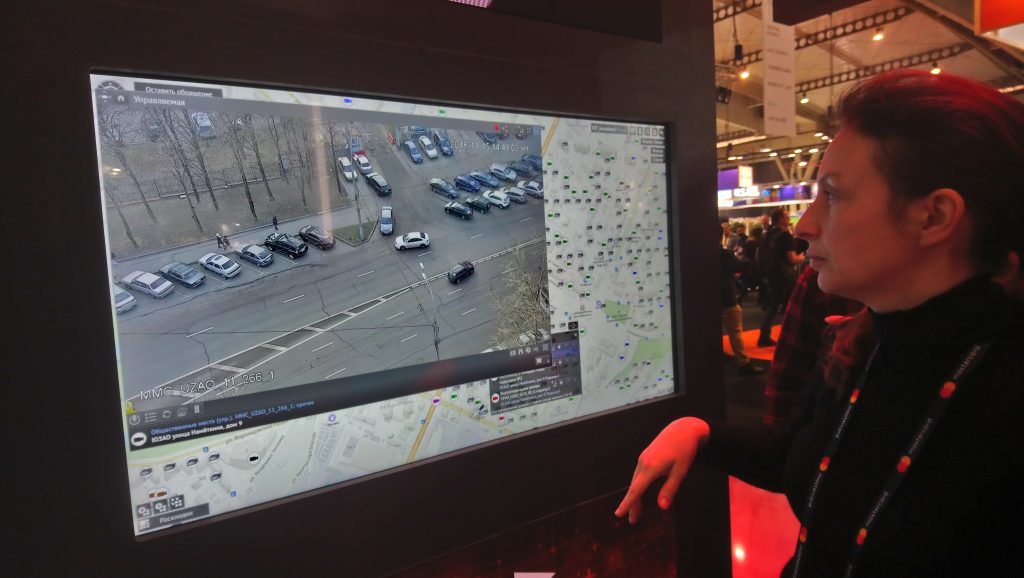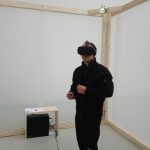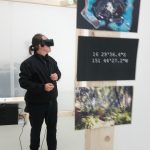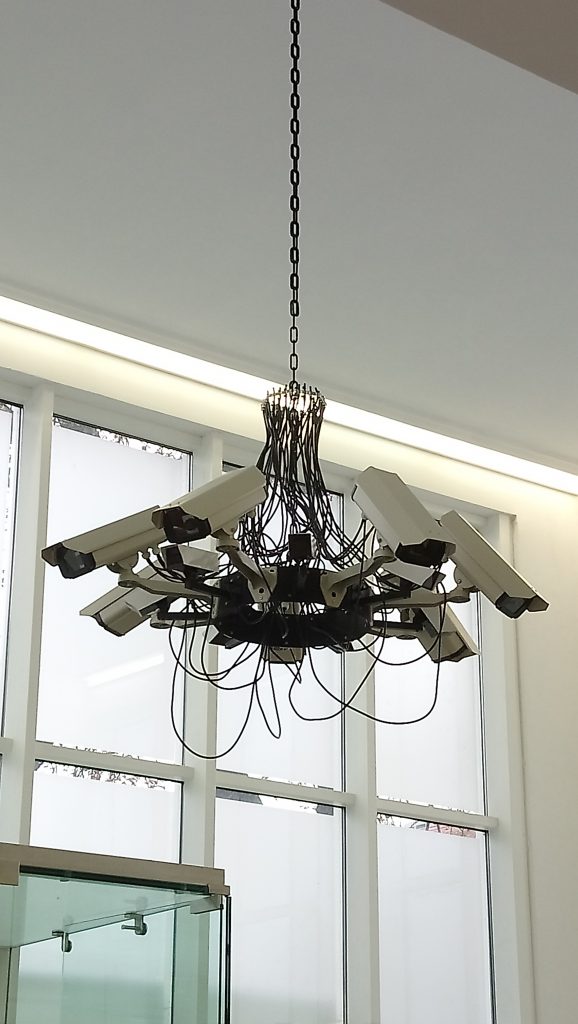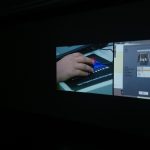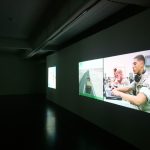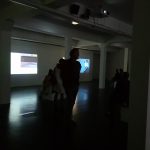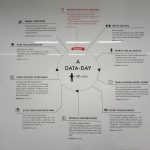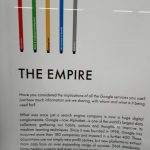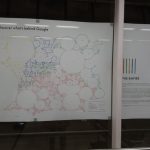The DIY version of The Glass Room Experience by Tactical Technology Collective, was exhibited during Pixelache in Helsinki 28 – 30 September at Kamppi Metro station. Unfortunately I missed the participatory part during Pixelache and when I made it there it was a bit disappointing because not much was left afterwards though the exhibition was mentioned to go on for a bit longer. I hope to get the real experience one day.
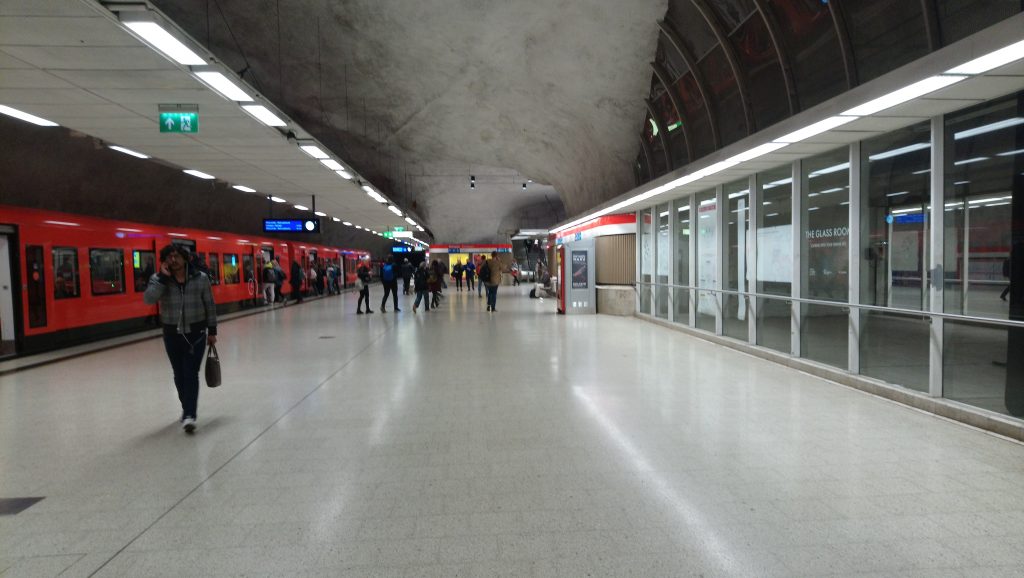
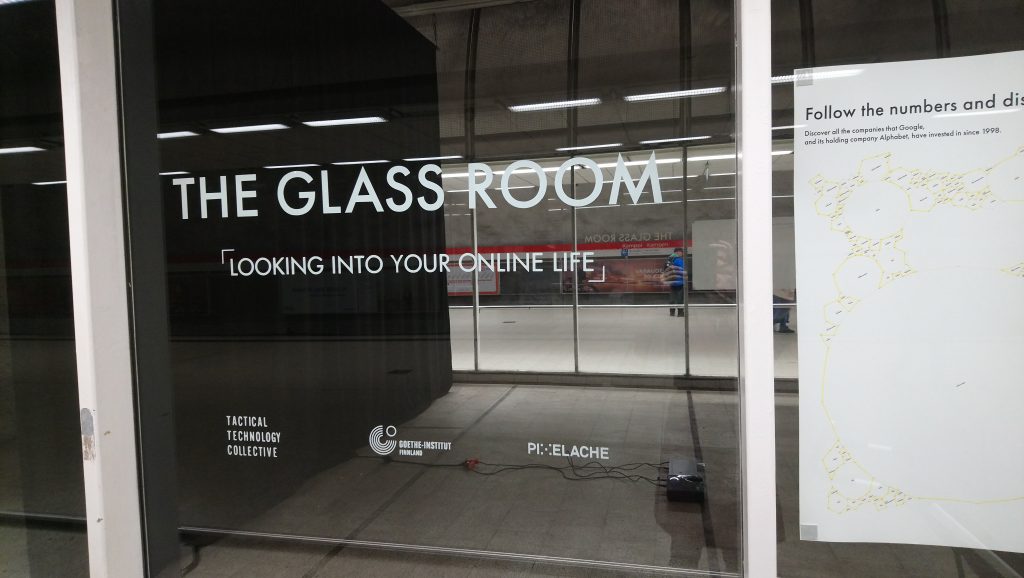
About The Glass Room Experience
The Glass Room Experience is a portable, pop-up exhibition on data and privacy that can be set up anywhere in the world, given the right space and a willingness to raise awareness about technology and its impact on our lives. Through art objects, issues around online privacy and data collection are made accessible and tangible: see the scale of the company behind the platform you use everyday, understand what data can be gleaned from your selfie, and figure out what you’re agreeing to with the privacy policies you rarely read.
The Glass Room is an immersive ‘tech store with a twist’ that disrupts our relationship with technology and encourages visitors to make informed choices about their online life. At first glance, it offers the latest in digital consumer products, such as the newest tablet, fitness tracker or facial recognition software. But as visitors go inside, The Glass Room prompts reflection, experimentation, and play, and they find there is nothing for sale.
The Glass Room, originally The White Room, was conceived and produced in the context of the Nervous Systems – Quantified Life and the Social Question, an exhibition by the Haus der Kulturen der Welt in collaboration with the Tactical Technology Collective, co-curated by Stephanie Hankey, Marek Tuszynski and Anselm Franke. Nervous Systems took place as part of HKW’s “100 years of Now” project. It then became a stand-alone exhibition in New York in November 2016 and in London in October 2017, receiving collectively close to 30,000 visitors. Now, Tactical Tech and Mozilla have created a portable version that can be set up by anyone with enough space and a willingness to teach others about online privacy.
https://tacticaltech.org/projects/glass-room-experience/
